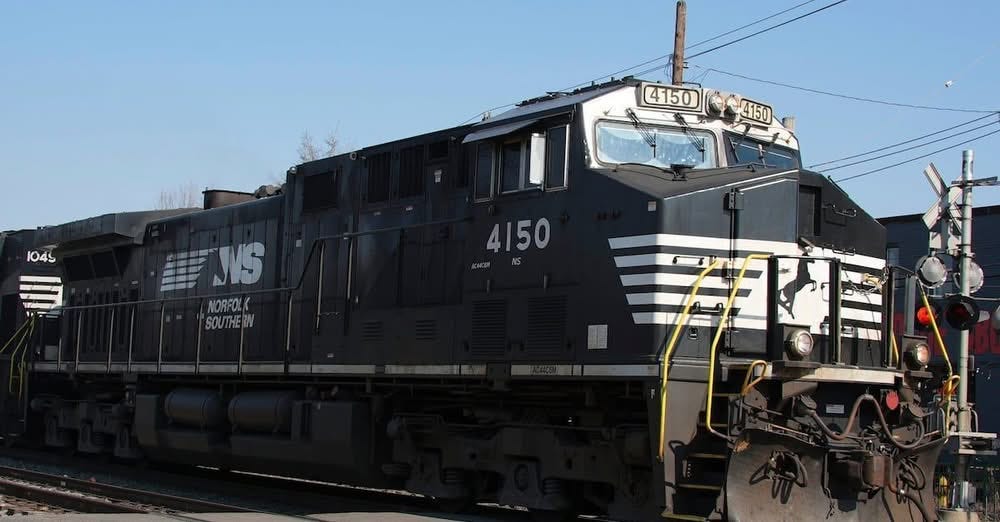Union Pacific to Acquire Norfolk Southern in $85 Billion Deal to Form First U.S. Transcontinental Railroad
ATLANTA — Union Pacific and Atlanta-based Norfolk Southern have reached a landmark agreement to merge in an $85 billion stock-and-cash transaction that would establish America’s first truly coast-to-coast freight rail network. The combined system would span more than 50,000 route miles across 43 states, linking approximately 100 ports from the Atlantic to the Pacific.
Under the deal, Norfolk Southern shareholders will receive one Union Pacific share plus $88.82 in cash, valuing each NS share at $320—a roughly 23–25 percent premium over recent trading levels. The combined enterprise value will exceed $250 billion, unlocking approximately $2.75 billion in annual synergies through revenue growth and cost efficiencies within three years.
Union Pacific CEO Jim Vena will lead the merged company and has pledged to preserve union jobs. Executives framed the merger as a long-awaited realization of America’s historic vision for transcontinental rail connectivity first imagined during Lincoln’s era.
Yet the agreement faces intense regulatory scrutiny from the Surface Transportation Board, the Department of Justice, labor unions—particularly the SMART Transportation Division—and other stakeholders concerned about competition, safety, and potential service disruptions. Analysts estimate review and approval could take 19 to 22 months, with the companies aiming to close in early 2027.
Critics warn that consolidation could shrink competition in an already concentrated industry, reducing the number of major freight railroads in the U.S from six to five. Some have speculated the merger may prompt further combinations among CSX, BNSF, Canadian National, and CPKC.
The deal has already had a market impact: Norfolk Southern stock dropped as investors weighed uncertainty about regulatory outcomes and potential integration challenges. If the transaction ultimately fails, Union Pacific faces a $2.5 billion reverse termination fee.
This merger would represent the largest rail acquisition in decades and mark a potential turning point in U.S. rail infrastructure—offering faster, more efficient cross-country freight movement while reshaping the industry’s competitive landscape. Source


